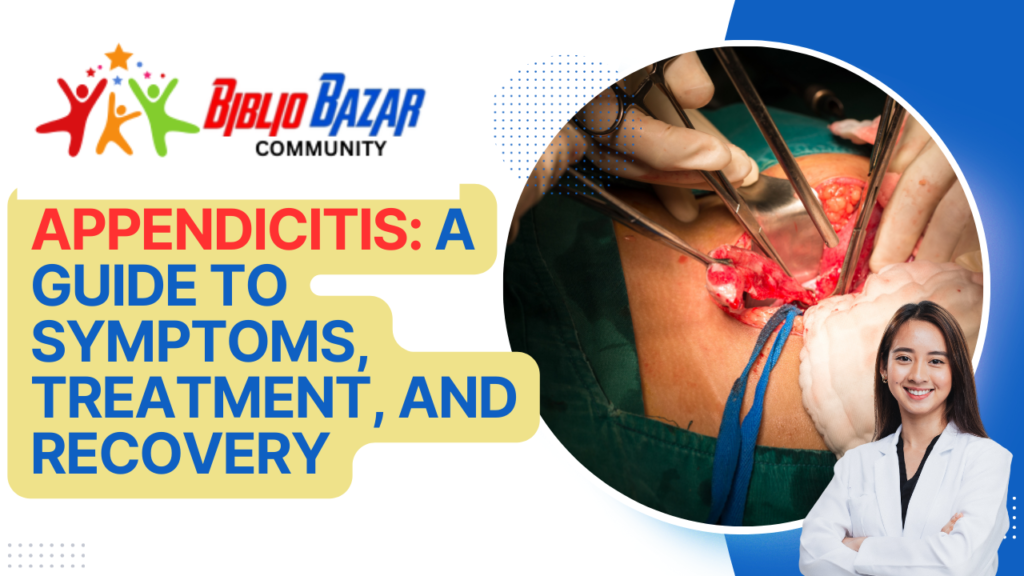
Intestinal obstruction is a serious medical condition that occurs when the normal flow of intestinal contents is blocked. This blockage can occur in either the small intestine or the large intestine and can be partial or complete. There are two main types of intestinal obstruction: mechanical and non-mechanical. Mechanical obstruction is caused by a physical barrier such as adhesions, hernias, tumors, or impacted feces. Non-mechanical obstruction, also known as ileus, occurs when the intestines stop functioning correctly due to factors like inflammation, infection, or the effects of certain medications.
The causes of intestinal obstruction vary depending on the type. Mechanical obstructions are often due to scar tissue (adhesions) from previous surgeries, hernias where a part of the intestine protrudes through the abdominal wall, tumors that block the intestinal lumen, or impacted stool. Non-mechanical obstructions can result from conditions such as abdominal or pelvic infections, certain medications that affect muscle contractions, or neurological disorders that impact nerve function in the intestines.

Risk factors for intestinal obstruction include a history of abdominal or pelvic surgery, which increases the likelihood of adhesions, as well as conditions like Crohn’s disease, diverticulitis, and certain cancers that can cause blockages. Elderly individuals and those with chronic illnesses are also at higher risk.
Symptoms of intestinal obstruction can vary but commonly include crampy abdominal pain, nausea, vomiting, bloating, and the inability to pass gas or stool. In severe cases, symptoms can escalate to fever, rapid heart rate, and severe pain, indicating a potential complication such as bowel perforation or strangulation of the intestine, which requires immediate medical attention.

Treatment options for intestinal obstruction depend on the severity and cause of the blockage. Initial management typically includes hospitalization, where patients receive intravenous fluids to prevent dehydration, and nasogastric tube insertion to relieve abdominal pressure. If the obstruction is partial, non-surgical treatments like observation, bowel rest, and medications may be sufficient. However, complete obstructions or cases that do not improve with conservative management often require surgical intervention to remove the blockage and restore normal intestinal function.
Surgical management of intestinal obstruction can involve several procedures. For adhesions, surgeons may perform a laparoscopic or open surgery to cut the scar tissue. Hernias typically require hernia repair surgery. Tumors blocking the intestine might necessitate resection of the affected portion of the bowel, sometimes with an anastomosis to reconnect the healthy sections. In cases of volvulus, where the intestine twists, surgery is needed to untwist the bowel and possibly remove any non-viable segments.

A nursing care plan for a patient with intestinal obstruction focuses on several critical aspects. Preoperative care involves preparing the patient for surgery, which includes fasting, administering intravenous fluids, and managing pain and nausea. Postoperative care includes monitoring for complications such as infection, ensuring adequate pain relief, and supporting gradual reintroduction of oral intake. Nurses play a crucial role in educating patients about the importance of mobility to prevent adhesions, proper dietary habits to avoid future blockages, and recognizing early symptoms of obstruction for timely medical intervention.
Intestinal obstruction is a significant medical condition requiring prompt diagnosis and treatment to prevent serious complications. Understanding the types, causes, risk factors, symptoms, and treatment options is essential for effective management. Early intervention, appropriate surgical management, and comprehensive nursing care are critical components in addressing this condition successfully. Subscribe to us for more videos like this and visit bazarbiblio.com for notes and free PDF books. Thank you.
Frequently Asked Questions (FAQs)
- What is intestinal obstruction?
Intestinal obstruction is a blockage that prevents the normal flow of intestinal contents. - What are the types of intestinal obstruction?
There are two main types: mechanical (caused by a physical barrier) and non-mechanical (caused by disrupted intestinal function). - What causes mechanical intestinal obstruction?
Mechanical obstruction can be caused by adhesions, hernias, tumors, or impacted stool. - What causes non-mechanical intestinal obstruction?
Non-mechanical obstruction, or ileus, can result from inflammation, infection, certain medications, or neurological disorders. - Who is at risk for intestinal obstruction?
Risk factors include a history of abdominal surgery, Crohn’s disease, diverticulitis, certain cancers, age, and chronic illness. - What are the symptoms of intestinal obstruction?
Symptoms include crampy abdominal pain, nausea, vomiting, bloating, and inability to pass gas or stool. - How is intestinal obstruction diagnosed?
Diagnosis involves physical exams, imaging tests (such as X-rays or CT scans), and sometimes blood tests. - What are the treatment options for intestinal obstruction?
Treatment includes hospitalization, IV fluids, nasogastric tube insertion, observation, bowel rest, medications, and possibly surgery. - What does surgical management of intestinal obstruction involve?
Surgical options include cutting adhesions, repairing hernias, resecting tumors, and untwisting the bowel in cases of volvulus. - What is included in a nursing care plan for intestinal obstruction?
Nursing care includes preoperative preparation, postoperative monitoring, pain management, patient education, and support for dietary and mobility changes.
Discover more from Bibliobazar Digi Books
Subscribe to get the latest posts sent to your email.


